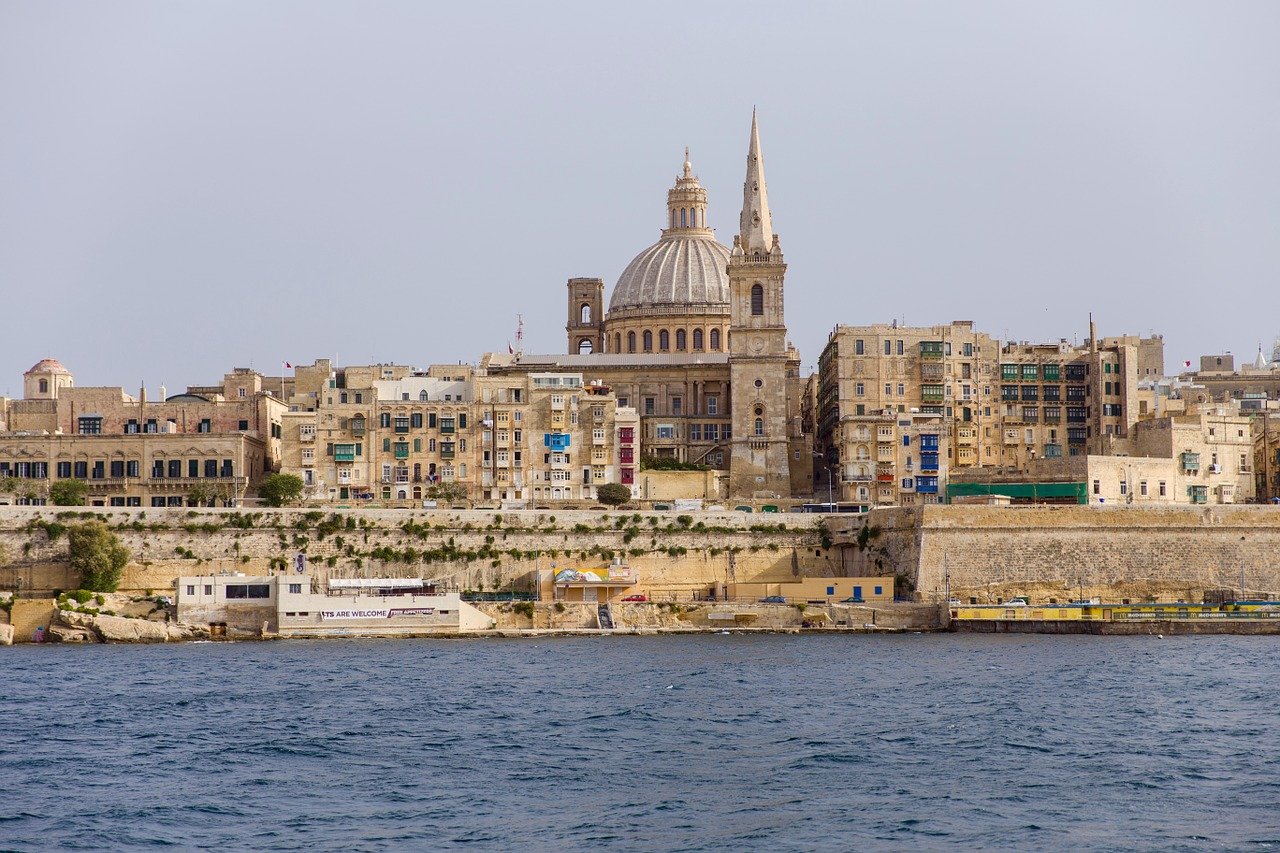Despite Malta’s relatively small population, its volatile history has put it in the historical centre of Mediterranean power conflicts and seen the evolution of European, African, and Middle Eastern civilisations. Many foreign forces have influenced its rich history, from Phoenicians to Phoenicians and Romans to Greco-Persian kings to the Norman Conquest of Sicily. A variety of historical landmarks may be found around the nation as a consequence. If you’re planning to visit, here are our top must-see attractions.
Hagar Qim
One central building and the ruins of at least two more structures may be found on the site of Hagar Qim. Maltese Prehistoric Temples are known for their enormous courtyards and colossal facades. Some of the greatest megaliths utilised in constructing these constructions may be found along the exterior wall, including a 5.2-meter-tall stone and a massive megalith believed to weigh close to 20 tonnes.
C-shaped spaces, known as apses, make up the majority of the tower. A central paved area with an apse on each side greets visitors as they pass through the main entrance. A free-standing pillar adorned on all four sides and a slab with a pair of opposing spirals in relief was found in the region. Reproductions have replaced them, and the originals may be located in the National Museum of Archaeology.
Ggantija Temples
During the Neolithic period, the Ggantija Temples were built. Until the temples, Malta had been inhabited by humans since 5900 BC, although farming and animal domestication were already commonplace on the island.
Instead, the large stones used in the temples were moved by trucks equipped with ball bearings. The builders erected a giant stone block with a dip in it at the entryway, which they thought to be a ceremonial washing or cleaning point before worshipers entered the temple. It wasn’t until 1933 that the government purchased the site that the remains were rediscovered. After this, the Museums Department worked on the site until the late 1950s, removing, restoring, and investigating the temples.
Malta National Museum Of Archaeology
As far back as 5,000 BC, Malta’s National Museum of Archaeology has a remarkable collection of artefacts from the Neolithic, Bronze Age, Phoenician, and Byzantine eras, as well as a few new displays that will be devoted to these periods shortly.
Lascaris War Rooms
World War II’s Lascaris War Rooms in Malta, which coordinated the invasion of Sicily and Maltese air defences, were an essential military headquarters throughout the conflict. The presence of the Lascaris War Rooms was kept a secret throughout the fight because of a complex network of underground tunnels.
The Lascaris War Rooms served as a NATO strategic communications centre in the 1960s after serving as a naval facility for the Royal Navy for decades after the war. The Malta Heritage Trust has been in charge of it since 2009, and it has become a famous tourist attraction. The Filter and Combined Operations rooms were closely secured and had encryption equipment to receive and deliver confidential information.
Wrapping Up
The Spring during the fall in Malta is the best time to visit. Religious festivals and outdoor performances fill the summer months with vitality in the countryside. Please make the most of your time in Malta by checking out our selection of the island’s most popular attractions.
